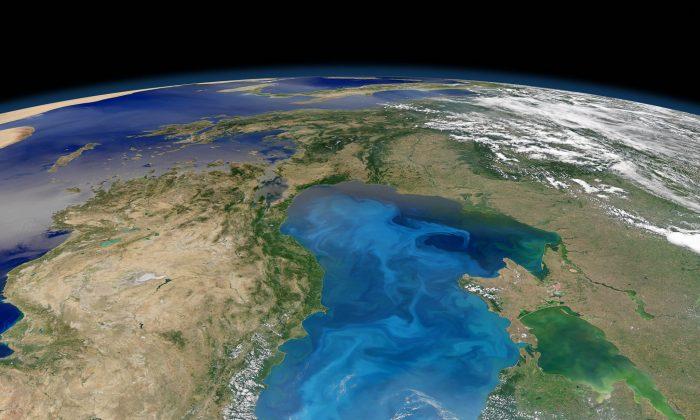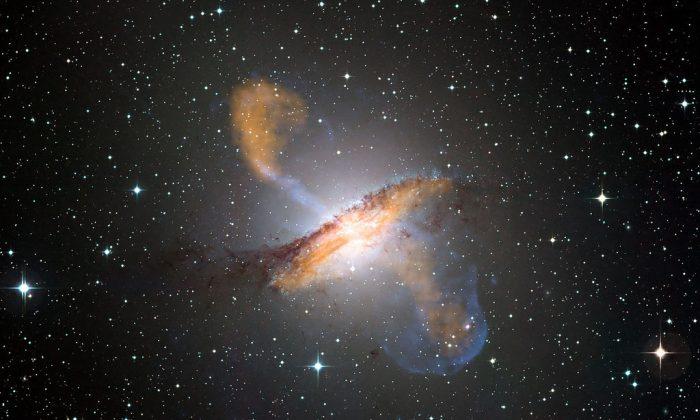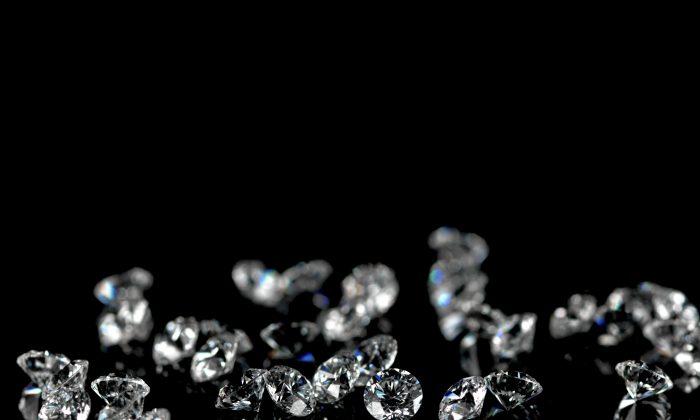A microscopic marine alga is thriving in the North Atlantic to an extent that defies scientific predictions, suggesting swift environmental change as a result of carbon dioxide absorbed by the ocean.
The meaning of these findings remains to be seen—as does whether the rapid growth in the tiny floating phytoplankton’s population is good or bad news for the planet.
A new study published in Science reports a tenfold increase in the abundance of single-cell organisms, called coccolithophores, between 1965 and 2010, and a particularly sharp spike since the late 1990s.
“Something strange is happening here, and it’s happening much more quickly than we thought it should,” says Anand Gnanadesikan, associate professor of earth and planetary sciences at Johns Hopkins University.
The new report is certainly good news for creatures that eat coccolithophores, but it’s not clear what those are, Gnanadesikan says. “What is worrisome is that our result points out how little we know about how complex ecosystems function.”

The results highlight the possibility of rapid ecosystem change, suggesting that prevalent models of how these systems respond to climate change may be too conservative.
The new analysis of Continuous Plankton Recorder survey data from the North Atlantic Ocean and North Sea since the mid-1960s suggests rising carbon dioxide in the ocean is causing the coccolithophore population spike, says Sara Rivero-Calle, a doctoral student and lead author of the study.
A stack of laboratory studies supports the hypothesis, she says. Carbon dioxide is a greenhouse gas already fingered by scientific consensus as one of the triggers of global warming.
“Our statistical analyses on field data from the CPR point to carbon dioxide as the best predictor of the increase” in coccolithophores, Rivero-Calle says. “The consequences of releasing tons of CO2 over the years are already here, and this is just the tip of the iceberg.”
Like a Canary in the Coal Mine
The CPR survey is a continuing study of plankton, organisms that form a vital part of the marine food chain. The project was launched by a British marine biologist in the early 1930s. It is conducted by commercial ships trailing mechanical plankton-gathering contraptions through the water as they sail their regular routes.
Scientists might have expected that ocean acidity due to higher carbon dioxide would suppress these chalk-shelled organisms. It didn’t. On the other hand, their increasing abundance is consistent with a history as a marker of environmental change.
“Coccolithophores have been typically more abundant during Earth’s warm interglacial and high CO2 periods,“ says coauthor William M. Balch of the Bigelow Laboratory for Ocean Sciences in Maine. ”The results presented here are consistent with this and may portend, like the ‘canary in the coal mine,’ where we are headed climatologically.”
Coccolithophores are single-cell algae that cloak themselves in a distinctive cluster of pale disks made of calcium carbonate, or chalk. They play a role in cycling calcium carbonate, and that is a factor in atmospheric carbon dioxide levels. In the short term, they make it more difficult to remove carbon dioxide from the atmosphere, but in the long term—tens and hundreds of thousands of years—they help remove carbon dioxide from the atmosphere and oceans and confine it in the deep ocean.
In vast numbers and over eons, coccolithophores have left their mark on the planet, revealing significant environmental shifts. The White Cliffs of Dover are white because of massive deposits of coccolithophores. But closer examination shows the white deposits interrupted by slender, dark bands of flint, a product of organisms that have glassy shells made of silicon, Gnanadesikan says.
“These clearly represent major shifts in ecosystem type,” Gnanadesikan says. “But unless we understand what drives coccolithophore abundance, we can’t understand what is driving such shifts. Is it carbon dioxide?”
The Sir Alister Hardy Foundation for Ocean Science, which now runs the CPR, and the Johns Hopkins Applied Physics Laboratory supported the work.
This article was originally pubished by Johns Hopkins University. Republished via Futurity.org under Creative Commons License 4.0.



Friends Read Free